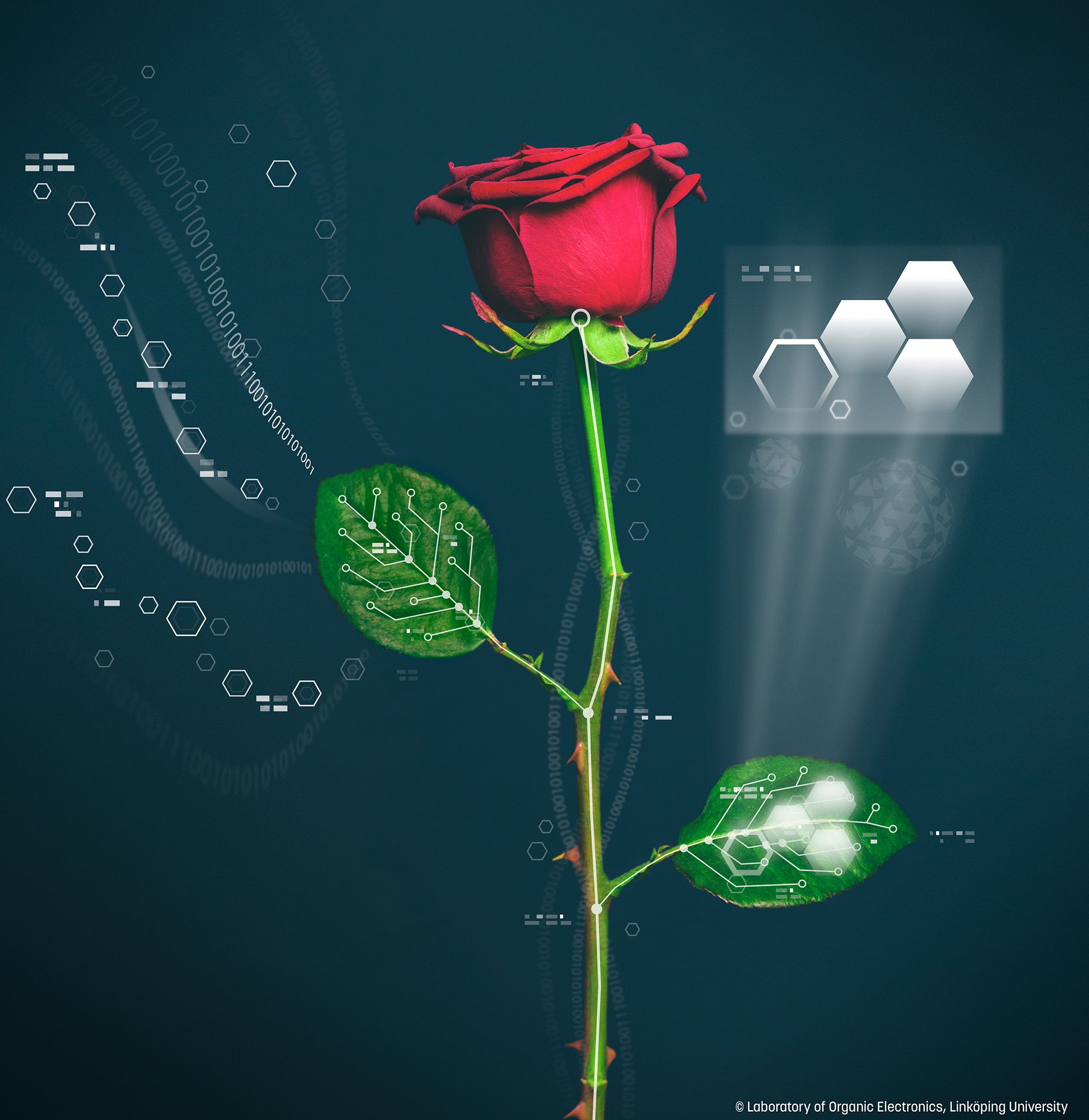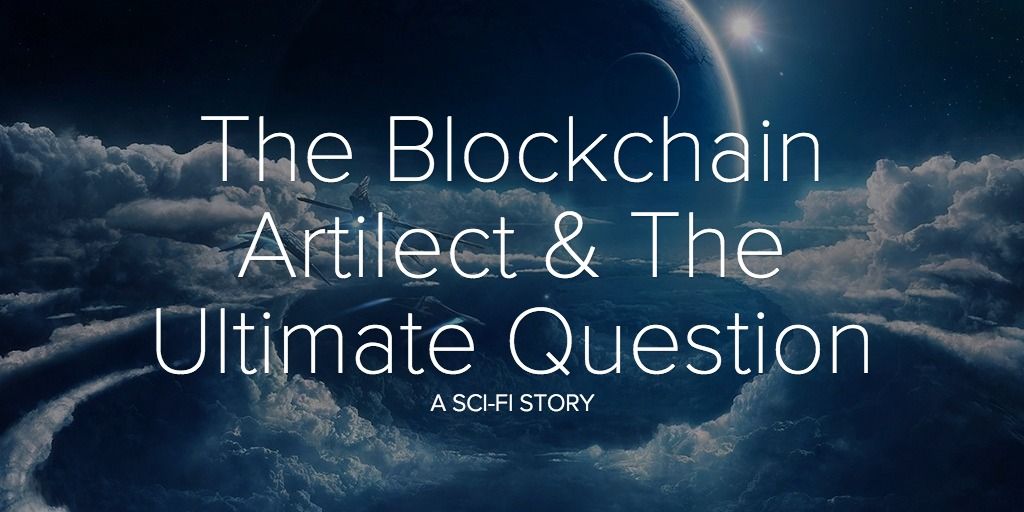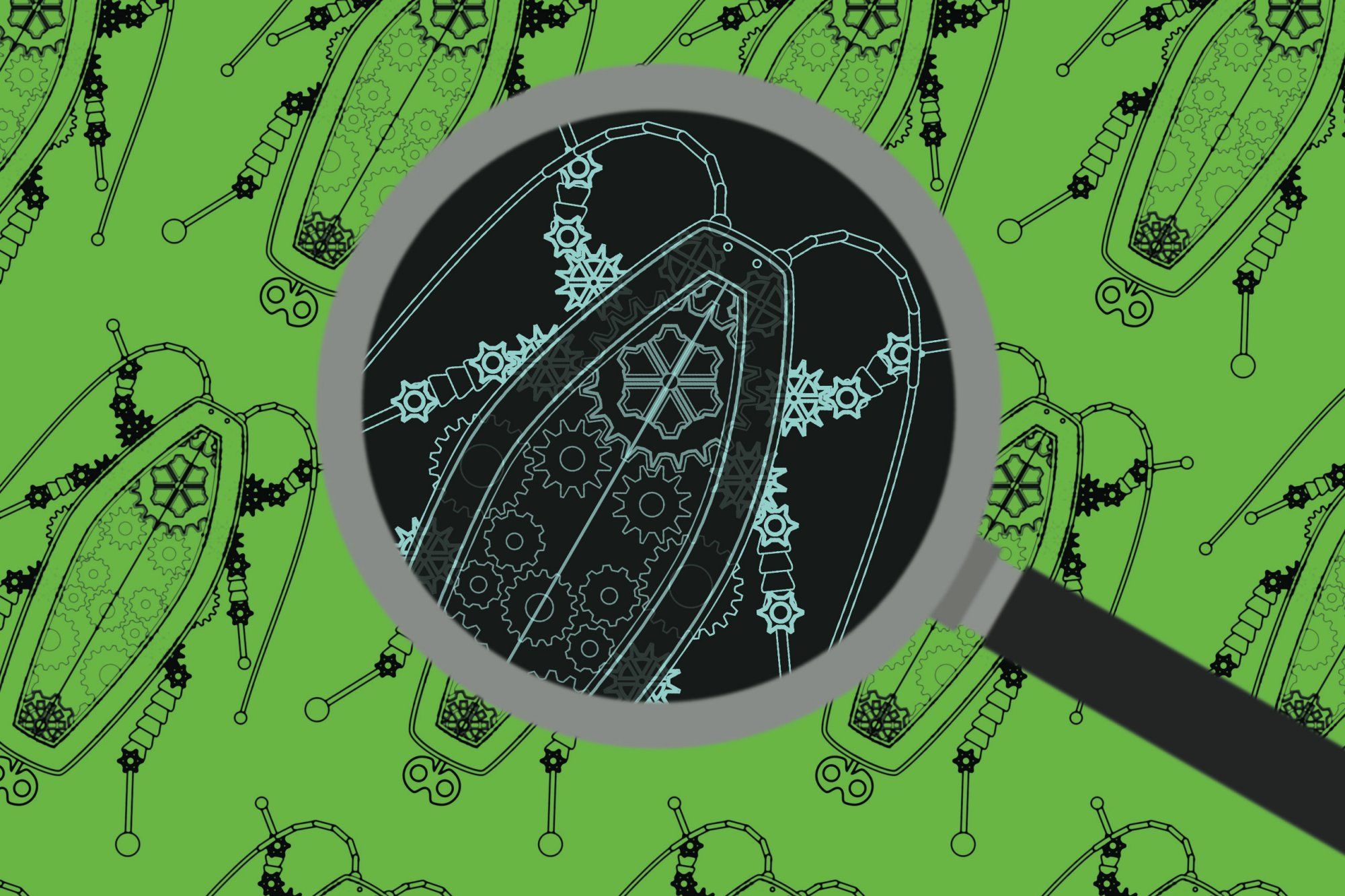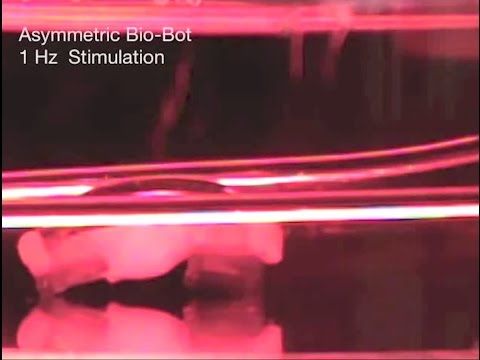Page 10805
Mar 15, 2016
Plants, Electrified: Scientists Just Grew Conductive Wires Inside Real Roses
Posted by Shailesh Prasad in category: electronics
Mar 15, 2016
The Blockchain Artilect & The Ultimate Question
Posted by Klaus Baldauf in category: bitcoin
Mar 15, 2016
Doggie DNA startup wants to learn about human diseases from dog drool
Posted by Klaus Baldauf in categories: biotech/medical, genetics, health
Finally there’s a use for dog drool: this spring, a new startup called Embark plans to launch a DNA testing kit for dogs that will tell owners about their canine’s ancestry, and disease risk. That’s not all the founders have in mind though; they may be aiming at human diseases by enlisting our longtime best friends.
Soon, interested pooch lovers will be able to swab their dogs’ slimy cheeks and mail in the sample. By extracting DNA from the swab, Embark’s founder says they’ll be able to trace a dog’s ancestry on a global level. The “Embark Dog DNA Test Kit” will also look for genetic variants that are associated with more than 100 diseases, and inform owners if their dog has a higher than average chance of developing one of them. The kit will also tell owners if their dog is likely to pass disease-associated mutations to a pup — which will likely be valuable information for breeders. Because of this, Embark’s founders say their product will be the most complete kit of its kind. At least, that’s the idea that Embark’s founders will be pitching today at SXSW.
For the company’s founders, the real objective will be the research they’ll be able to conduct with the DNA samples; that became clear when I spoke to two of Embark’s founders on the phone last week. They spent the first 10 minutes of the call talking about the potential of dog genetics to deliver advancements in human health. In fact, they were so enthusiastic about their future research that I had to interrupt them to steer the conversation back to the product we were supposed to discuss.
Continue reading “Doggie DNA startup wants to learn about human diseases from dog drool” »
Mar 15, 2016
Meet the electric life forms that live on pure energy
Posted by Klaus Baldauf in categories: energy, food
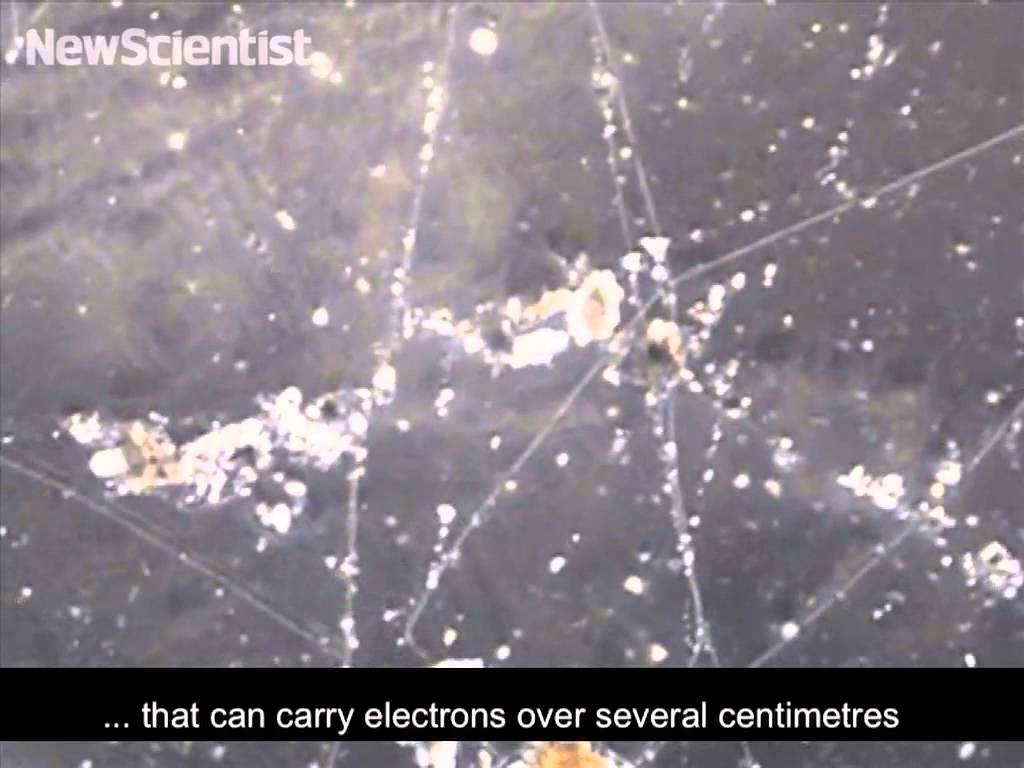
Unlike any other life on Earth, these extraordinary bacteria use energy in its purest form – they eat and breathe electrons – and they are everywhere.

Continue reading “Meet the electric life forms that live on pure energy” »
Mar 14, 2016
Meta-Materials Bring Us Another Step Closer to an Invisibility Cloak
Posted by Karen Hurst in categories: computing, materials, quantum physics, security, transportation
Next to Quantum and Biocomputing, this is one of my favorites. Cloak material to avoid radar. Unfortunatley, we cannot have access to the material for our autos; but it would be nice to have on my car sometimes when I am running late and having to drive quickly somewhere.
Two separate teams of engineers, both conducting research into meta-materials (composites not found in nature) with the intent of developing a flexible, stretchable and tunable meta-skin, are sharing their discoveries with the world. Although the two developments revolve around the same premise—manipulating electromagnetic waves so that the surface that banquets an object becomes invisible—a few exciting differences between the teams’ approaches sets their research apart.
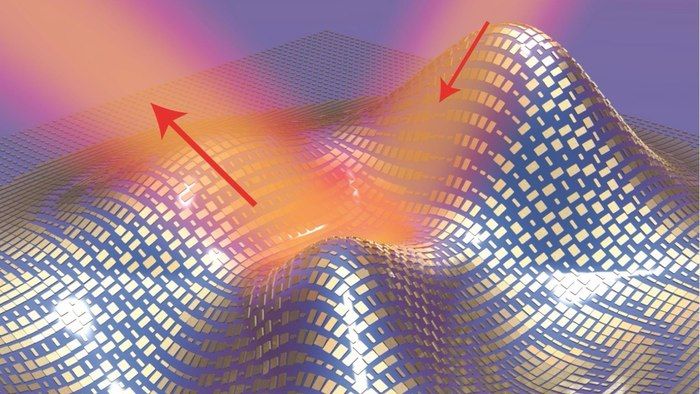
Continue reading “Meta-Materials Bring Us Another Step Closer to an Invisibility Cloak” »
Mar 14, 2016
Why Scientists Want to Study Robot Roaches
Posted by Karen Hurst in category: robotics/AI
Roaches are speedy, agile, and nearly indestructible—which is why engineers are so interested in them.
Robots can look like just about anything: people, dinosaurs, quadcopters—you name it. So why would anyone design a robot that looks like one of the grossest and most detested species on the planet?
Well, like cephalopods, roaches’ bodies gives them distinct, if squirm-worthy, advantages—namely, the ability to become nearly two-dimensional to squeeze through cracks and under doors. Cockroaches can flatten themselves to a one-tenth of an inch and can bear loads 900 times heavier than they are (which is why we have to stomp on them extra hard). Perhaps most impressive is their ability to scurry along at top speed when compressed to half their normal height. These attributes make roaches nimble, persistent, and hardy—three supremely useful qualities for a robot, and three reasons scientists have pursued the development of robo-roaches.
Continue reading “Why Scientists Want to Study Robot Roaches” »
Mar 14, 2016
Solar micro-grids launched in three remote villages
Posted by Karen Hurst in categories: business, solar power, sustainability
The three solar micro-grids, with combined capacity of 35 kilowatts, were installed in the communities of Harkapur in Okhaldhunga district, and Kaduwa and Chyasmitar in Khotang District, as per a statement issued today. They will provide a 24-hour reliable electricity supply to around 540 people in 83 households and 25 local businesses.
“Nearly a quarter of Nepal’s population has no access to electricity and rely heavily instead on kerosene in particular. Since most of them live in remote areas, there is little possibility of connecting to the national power grid in the near future,” said Jiwan Acharya, senior energy specialist at the Asian Development Bank (ADB). “The solar micro-grids that we are piloting here provide a clean, cost-effective, local solution involving private sector that will change the lives of these communities and serve as a model for other far-flung villages.”
Electricity costs for households are forecast at $4 to $6 per month. Currently households relying on kerosene for lighting alone, can pay up to $10 a month. And by using solar power rather than fossil fuels, the project will avoid 41 tonnes of carbon dioxide emissions every year.
Continue reading “Solar micro-grids launched in three remote villages” »
Mar 14, 2016
Worm-Like Bio-Bots Inch Toward Light
Posted by Karen Hurst in categories: energy, genetics, robotics/AI
Mar 14, 2016
Australian Scientist Develops Record-Breaking Security Enhancing Quantum Computing Chip
Posted by Karen Hurst in categories: computing, quantum physics, security
An international team of scientists has set a new record for the complexity possible on a quantum computing chip, bringing us one step closer to the ultra-secure telecommunications of the future.
Image: Shutterstock.

